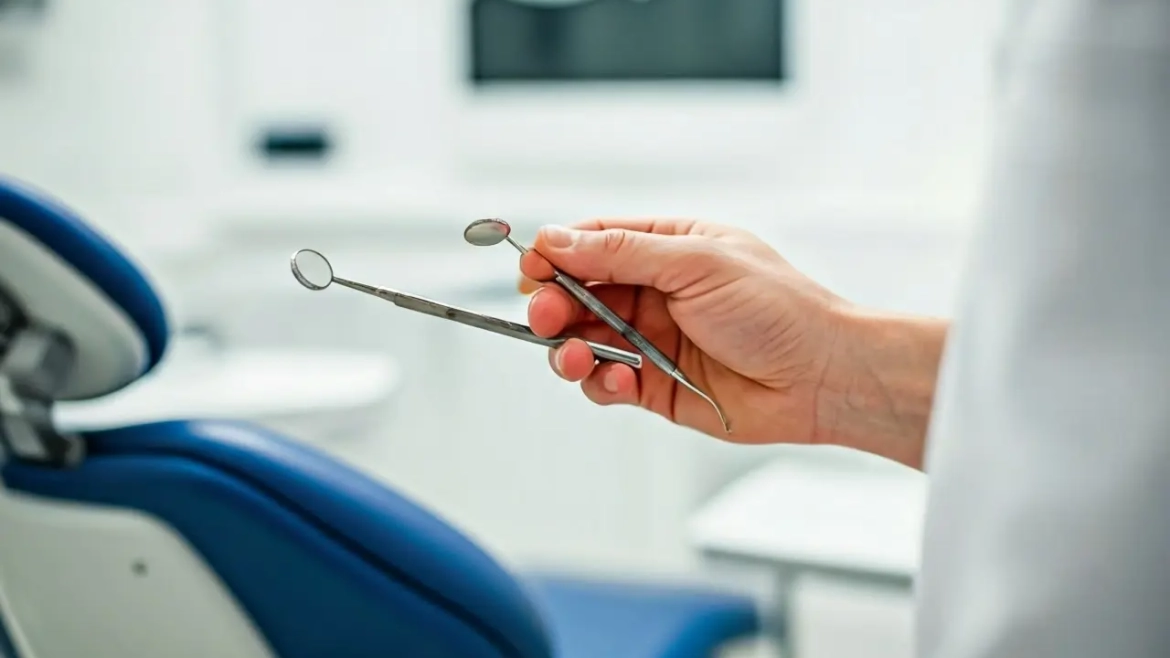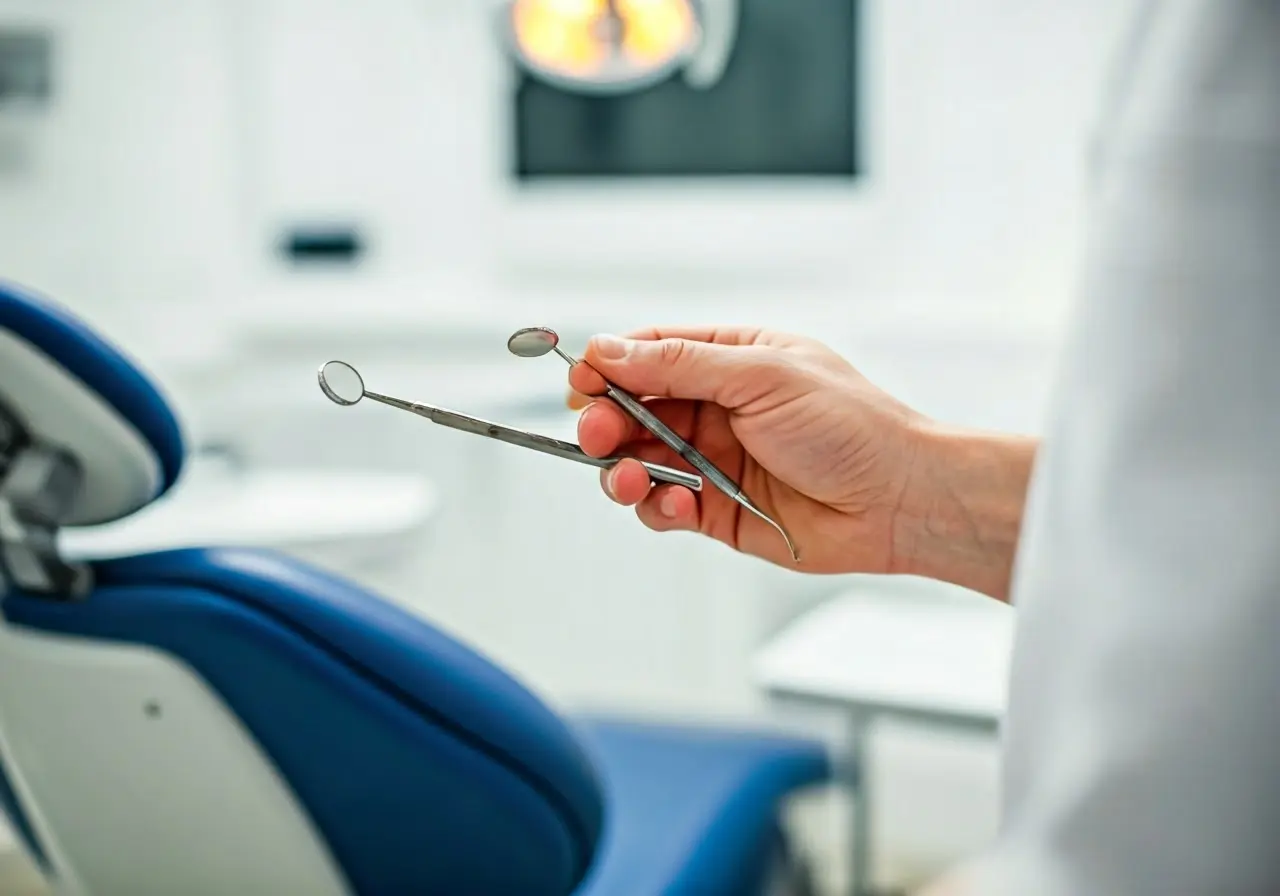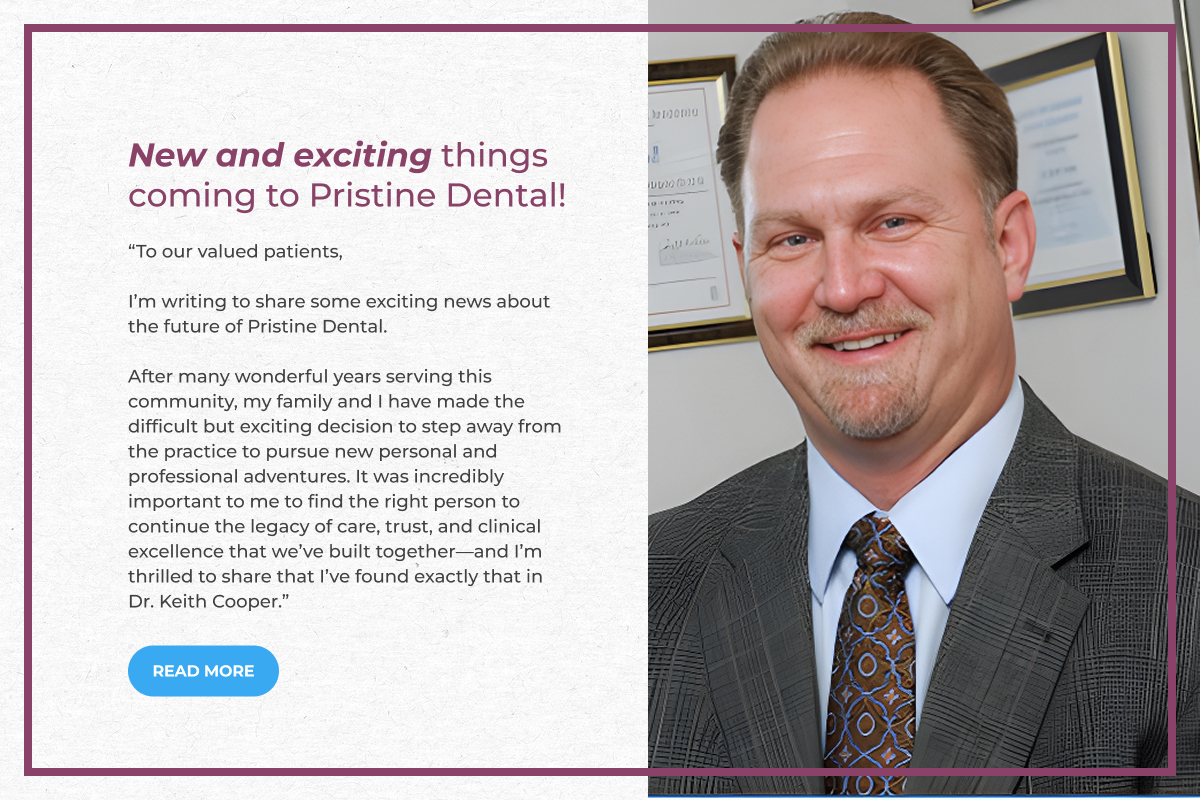Many of us harbor misconceptions about dental care that can lead to poor oral health practices. Today, a Scottsdale dentist is here to set the record straight on common dental myths and provide clarity on what really works to maintain a healthy smile.
1. Sugar is the Sole Cause of Cavities
While sugar does play a role in cavity formation, it’s not the only culprit. Cavities are caused by bacteria in the mouth that feed on sugars and produce acids that erode tooth enamel. A diet high in sugars and poor oral hygiene can exacerbate this process. It’s a misconception that avoiding sugar alone is sufficient to prevent cavities. Even complex carbohydrates can contribute to acid production in the mouth.
Furthermore, oral habits like failing to brush or floss regularly leave teeth vulnerable to plaque buildup, which is an essential player in cavity development. Recognizing the balance between diet and hygiene is crucial for preventing dental caries. Regular dental visits can help identify susceptible areas and prevent cavity onset, as outlined in our post on the importance of dental visits at Pristine Dental.
2. Brushing Harder Cleans Better
Many believe that vigorous brushing helps remove more plaque. However, brushing too hard can actually damage your gums and enamel. A gentle circular motion with a soft-bristled brush is more effective and safer for your teeth and gums. Over brushing might cause gum recession, making teeth more sensitive to hot and cold stimuli.
Using the right technique is as important as regularity. The American Dental Association recommends holding the toothbrush at a 45-degree angle to the gums and working in short strokes. Consider consulting your dentist for personalized hygiene advice, especially if you’re noticing discomfort despite a diligent routine. Our dental pain relief guide offers insights into addressing this common challenge.
3. Flossing Is Unnecessary
Despite what some may think, flossing is essential for maintaining oral health. It reaches areas between your teeth where a toothbrush can’t, removing plaque and preventing gum disease. Studies show that neglecting to floss allows up to 40% of the tooth surface to remain untouched by brushing alone.
Interdental cleaning can also help mitigate breath problems by eliminating bacteria in places unreachable with just a toothbrush. Addressing myths around floss benefits encourages a better, more comprehensive smile care routine. Whether you use traditional floss or alternatives like water flossers, adopting a method suited to your needs is a step towards optimal oral hygiene.
4. Teeth Whitening Weakens Teeth
Modern teeth whitening treatments, when used as directed, are safe. They penetrate the enamel but do not remove or harm it. Discuss with your dentist about suitable whitening options for your specific needs. Professional procedures conducted under dental supervision see lower incidences of enamel damage.
Over-the-counter kits can be less predictable and potentially harmful if misused. Always look for options with reputable backing. By consulting professionals, you ensure methods are both safe and effective. Explore insights into safer cosmetic procedures with our cosmetic dentist tips.
5. You Only Need a Dentist When in Pain
Regular dental check-ups are crucial in preventing problems before they start or progress. Many dental issues, including gum disease and cavities, can develop without causing immediate pain. Routine visits can catch these conditions early. A bi-annual examination is particularly critical for adolescents and adults, who may underestimate developing issues due to a lack of symptoms.
An experienced Scottsdale dentist can identify subtle indicators of oral health problems, giving you peace of mind and long-term protection. Don’t wait until things hurt to seek professional help. Implement consistent check-ups to cherish long-term dental health benefits.
6. Gum Disease Is Inevitable with Age
Gum disease is not an inevitable part of aging. With proper oral hygiene and regular dental visits, you can maintain healthy gums throughout your life. Factors like smoking and certain medications can affect gum health more than age itself.
Adapting oral care habits as you age can stave off gum issues. Tailoring care routines to lifestyle changes ensures longer-lasting oral health. For more personalized guidance on managing life’s dental challenges, consult our special dental guide.
7. Sensitivity Toothpaste Isn’t Effective
Sensitivity toothpastes are formulated with compounds that block the pathways to the nerves of your teeth, helping to reduce discomfort. Consistent use can alleviate sensitivity over time. These formulas can contribute significantly to reducing pain caused by temperature changes or acidic foods.
However, it’s essential to understand the cause of your sensitivity. Consulting with your dentist about persistent pain is advised so they can evaluate the possibility of underlying conditions. Correctly diagnosing the problem can ensure your toothpaste choice supports broader dental care efforts effectively.
8. Diet Sodas Are Safe for Teeth
Even though diet sodas are sugar-free, they still contain acids that can erode enamel, leading to cavities. Water and milk are much safer choices for maintaining enamel strength and overall oral health. While sugar is often spotlighted as the enemy of healthy teeth, acidic content should not be overlooked.
Acids can initiate a weakening of enamel, predisposing teeth to sensitivity and decay. For more on maintaining strong, healthy enamel through dietary choices, refer to the wide-ranging insights shared by oral health experts.
9. If No Cavities, No Need to Brush
Brushing is vital, not just for preventing cavities but also for removing plaque that can lead to gum disease and bad breath. Regular brushing maintains overall oral hygiene, regardless of cavity presence. A proactive attitude towards oral cleanliness can save future costly dental corrections.
Adhering to ADA-recommended brushing techniques contributes to long-term oral health. Ever wondered how small daily habits add up? Explore our post on the necessity of dentist visits as they play a critical role even for those with no apparent current issues.
10. Bad Breath Is Always Due to Poor Hygiene
While poor oral hygiene can be a cause of bad breath, other factors like dry mouth, certain foods, and underlying health issues can also contribute. Staying hydrated and practicing good oral care can help mitigate this issue. Comprehensive oral care strategies include identifying dietary triggers that may affect breath quality.
It may surprise some to learn that persistent halitosis often signifies larger health conditions. Identifying and managing these underlying issues can lead to improvement. Find more details on how dental health ties into general wellness here.
11. Wisdom Teeth Always Need Removal
Not everyone requires wisdom teeth removal. If they are healthy, fully erupted, and properly aligned, removal might not be necessary. Regular dental evaluations can help determine if the removal is needed. Consider the costs versus benefits with your dentist to determine the best outcome for your situation.
Monitoring wisdom tooth position is important, particularly for young adults experiencing dental changes. Often wisdom teeth become impacted, causing crowding or infection. Seek evaluation from a trusted Scottsdale dentist for continued management of wisdom teeth.
12. Bleeding Gums During Flossing Is Normal
Bleeding gums can be a sign of gum disease or irritation from improper flossing techniques. If bleeding persists, it’s an indication to visit your dentist for an evaluation and guidance on proper oral care. Mild initial irritation should resolve quickly with consistent oral care.
Regular and correct flossing can contribute to more resilient gum tissue, reducing incidences of inflammation and bleeding. However, blood that appears frequently while brushing or flossing should not be overlooked. Check our comprehensive guide on gum health to learn more about maintaining optimal gingival condition.



